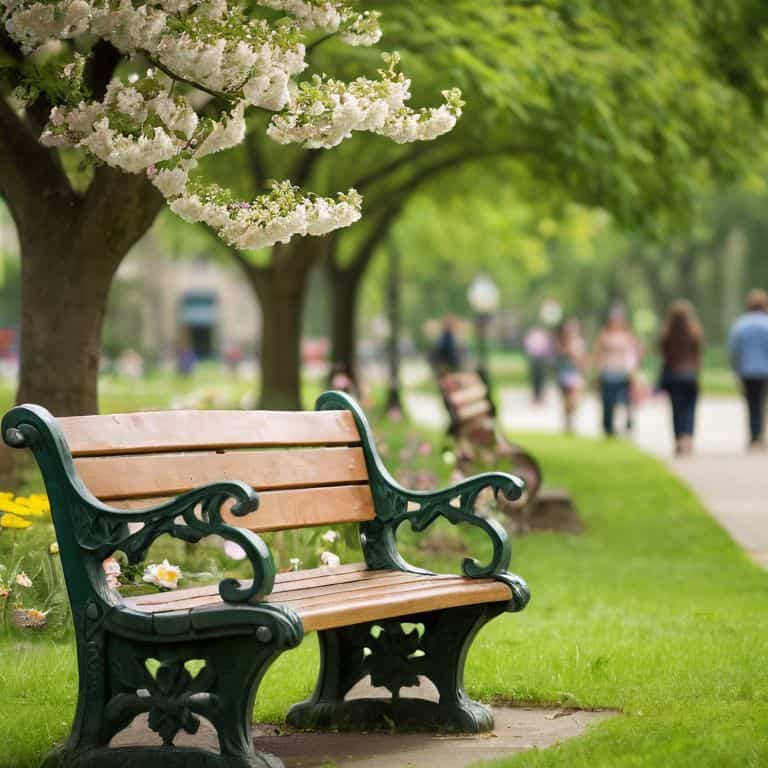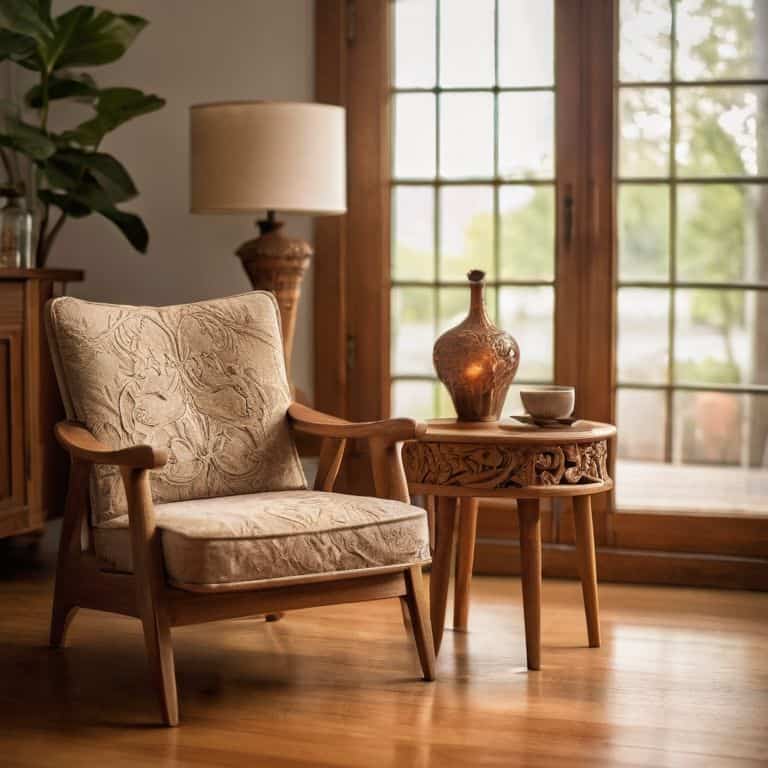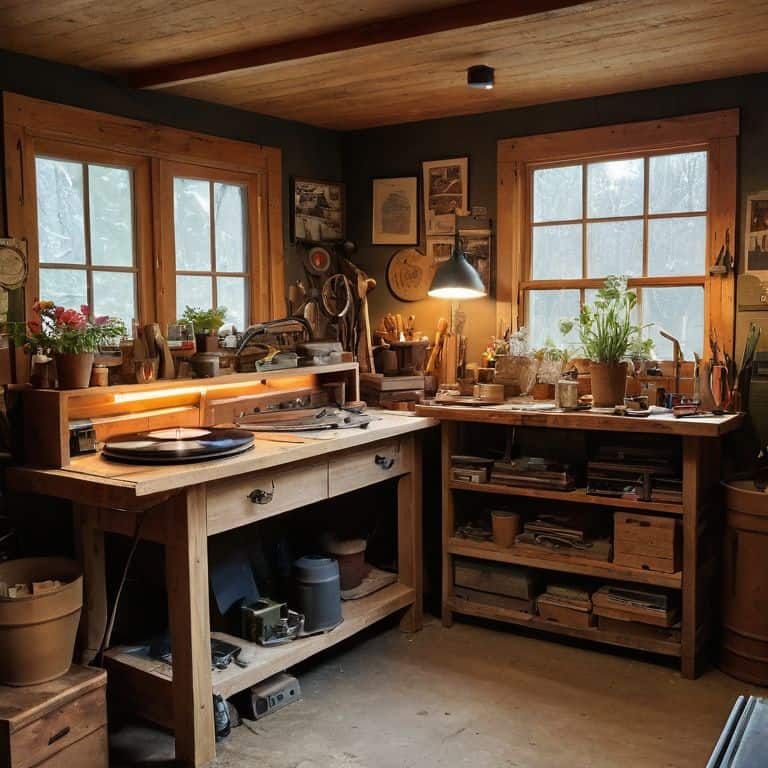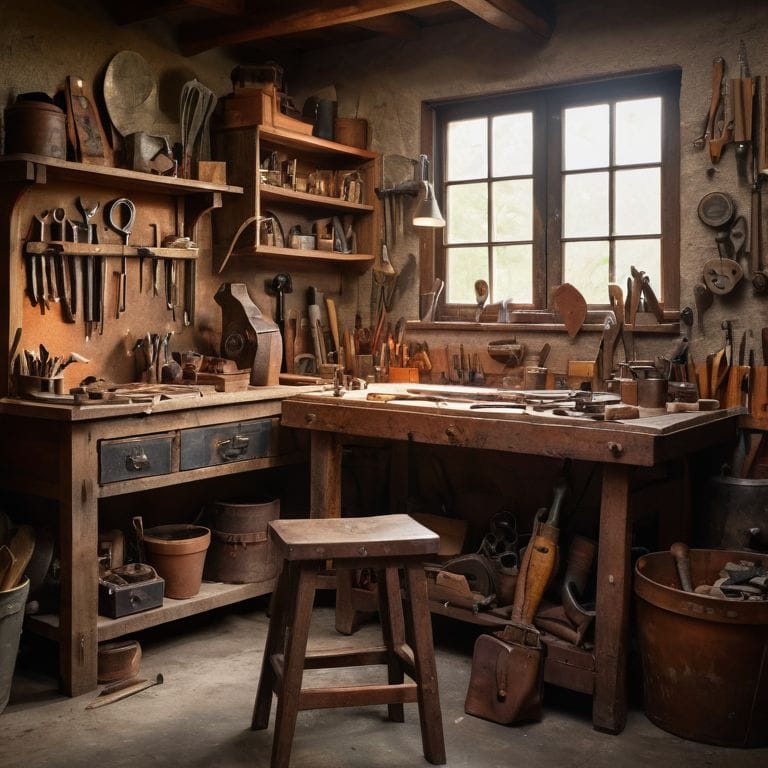I still remember the thrill of scoring my first vintage vinyl record player at a thrift store – it was a beautiful, built-to-last find in a sea of disposable junk. As I delved deeper into the world of urban photography, I began to notice the same theme emerging: a fascination with the imperfectly persistent things that endure, from worn park benches to the joy of buying things that are built to last. There’s something ridiculously satisfying about investing in products that will outlast the latest trends, don’t you think?
As someone who’s passionate about redefining what a well-lived life looks like, I want to share my honest, experience-based take on the joy of buying things that are built to last. In this article, I’ll cut through the hype and share personal stories, from my favorite vintage record finds to the everyday objects that bring me joy. My goal is to inspire you to join me in celebrating the beauty of imperfection and the satisfaction of owning things that truly stand the test of time. So, let’s dive in and explore the joy of buying things that are built to last – together.
Table of Contents
The Joy of Buying Things That Last

As I wander through the city, camera in hand, I find myself drawn to the timeless design pieces that dot our urban landscape. A beautifully crafted park bench, worn smooth by generations of use, tells a story of community and connection. It’s a reminder that the things we surround ourselves with have the power to shape our experiences and create lasting memories. In a world where sustainable consumerism is increasingly important, I’ve come to appreciate the value of investing in high-quality, long-lasting products.
There’s something special about holding a well-made object in your hands, feeling the weight of high quality materials and the attention to detail that went into its creation. Whether it’s a vintage vinyl record or a handmade ceramic mug, these items have a way of transcending their functional purpose and becoming treasured possessions. The artisanal manufacturing process that goes into creating such pieces is a testament to the human touch, and the unique character that it imbues.
In my own life, I’ve found that embracing long term cost effectiveness has been a game-changer. Rather than constantly replacing cheap, flimsy items, I’ve started to seek out eco friendly products that are built to endure. It’s a mindset shift that requires patience and intention, but one that ultimately leads to a more meaningful and fulfilling relationship with the things I own.
Savoring Sustainable Consumerism
As I wander through the city, camera in hand, I find myself drawn to the beauty of worn objects. The way a well-loved vintage record sleeve has faded, or a park bench has been polished by years of use, tells a story of sustainability and endurance.
In embracing sustainable consumerism, I’ve come to realize that it’s not just about the environment, but also about the human experience. It’s about valuing the things that bring us joy, and recognizing that true beauty lies in the imperfections and character that develop over time.
Timeless Design Pieces Redefined
As I wander through thrift stores and vintage shops, I’m always on the lookout for timeless design pieces that tell a story. A worn, wooden chair or a faded, floral rug can be so much more than just a piece of furniture or a decorative item – they can be a gateway to a different era, a different way of life.
I’ve found that beautifully crafted objects have a way of transcending trends and fads, speaking to something deeper and more meaningful in us. Whether it’s a vintage typewriter or a handmade ceramic bowl, these pieces have a unique character that only develops with time and use, like a good friend who only gets more interesting with age.
Beyond the Surface Level

As I delve deeper into the world of sustainable consumerism, I start to notice the intricate details that set high-quality products apart. The way a well-crafted chair can become a timeless design piece, redefined by the passing of time, is truly remarkable. It’s not just about the aesthetic appeal, but also about the long term cost effectiveness that comes with investing in something that will last.
I find myself drawn to the artisanal manufacturing process, where skilled craftsmen pour their hearts into creating unique, eco-friendly products. There’s a sense of human touch that goes into each piece, making it more than just a mere object. The use of high quality materials is also a key factor in creating products that are not only sustainable but also visually stunning.
In this world of fast-paced consumption, it’s refreshing to see people embracing a more mindful approach to buying. By choosing products that are built to endure, we’re not only reducing waste but also celebrating the beauty of imperfection. It’s about finding value in the imperfectly persistent, and appreciating the story behind each product, rather than just its surface-level appeal.
The Beauty of Artisanal Manufacturing
As I wander through the city, I find myself drawn to the imperfectly perfect details of artisanal manufacturing. The way a craftsman’s hands move deftly, shaping and molding materials into something truly unique, is a testament to the human touch. It’s a world where precision meets passion, where every stitch, every weld, and every brushstroke tells a story of dedication and craftsmanship.
In the age of mass production, it’s refreshing to see artisans pushing back against the tide of uniformity. Their creations are not just functional objects, but miniature works of art that reflect the beauty of human imperfection. As I hold a handmade ceramic mug, feeling the subtle weight and texture of it in my hands, I’m reminded that some things are worth slowing down for, and that the beauty of artisanal manufacturing lies in its ability to make us appreciate the value of the human touch.
Unpacking Eco Friendly Products
As I wander through the city, camera in hand, I find myself drawn to the timeless quality of eco-friendly products. There’s something beautiful about a well-crafted item that’s designed to endure, rather than being discarded after a single use. I think about the stories these objects could tell, if only they could speak.
In my own home, I’ve started to collect vintage items that have been repurposed or restored to their former glory. It’s amazing how a piece of history can be breathed new life into, simply by being reimagined and reused. This approach to consumerism not only reduces waste, but also adds a touch of personality to our daily lives.
Embracing Enduring Elegance: 5 Tips to Savor the Joy of Timeless Purchases
- Investing in Quality Over Quantity: Learning to Love the Art of Fewer, Better Things
- Finding the Story Behind the Object: How to Appreciate the Human Touch in Artisanal Manufacturing
- Beyond the Trend: Uncovering Timeless Design Pieces That Transcend Seasons and Fads
- Cultivating Patience: The Liberating Joy of Waiting for the Right, Long-Lasting Purchase
- Cherishing the Imperfections: How to Fall in Love with the Unique Character of Vintage and Second-Hand Treasures
Embracing the Enduring: Key Takeaways
I’ve come to realize that investing in durable products is not just about reducing waste, but about cultivating a sense of pride and ownership in the things that surround me
By seeking out timeless design pieces and artisanal manufacturing, I’m not only supporting more thoughtful consumerism, but also surrounding myself with objects that tell stories and evoke emotions
In the end, it’s not just about the products themselves, but about the kind of life I want to lead: one that values depth, character, and the beauty of the imperfectly persistent
In Praise of the Imperfectly Persistent
There’s a profound beauty in embracing the imperfectly persistent – the things that endure, not despite their scars, but because of them; for in their worn, weathered surfaces, we find a reflection of our own stories, our own struggles, and our own triumphs.
Maya Sterling
Embracing the Enduring Beauty of Impermanence

As I reflect on the joy of buying things that are built to last, I’m reminded of the timeless design pieces that have become a staple in my life. From my vintage vinyl records to the perfectly worn-out park bench in my favorite urban oasis, each item tells a story of sustainable consumerism and the beauty of artisanal manufacturing. By embracing these enduring objects, we’re not only reducing waste but also cultivating a deeper appreciation for the world around us. It’s about unpacking eco-friendly products and discovering the hidden stories behind their creation.
So, let’s redefine what a good life looks like by celebrating the authentic and imperfect. Let’s find beauty in the mundane, from the art of making the perfect pour-over coffee to the philosophy behind a well-crafted product. As we embark on this journey, we’ll discover that the joy of buying things that are built to last is not just about the objects themselves, but about the meaning we assign to them and the stories they help us tell about ourselves and our place in the world.
Frequently Asked Questions
How can I balance the higher upfront cost of durable products with the long-term savings and environmental benefits?
For me, it’s about weighing the initial sting of a higher price tag against the long-game benefits – like how a vintage-inspired coffee maker becomes a trusted companion, or a perfectly worn leather bag tells a story of its own. The cost per use, the memories made, and the planet’s pat on the back all factor in.
What are some creative ways to repurpose or repair items that are still in good condition but no longer fit my personal style or needs?
I love giving old favorites a new lease on life. Try upcycling a vintage vase into a unique pen holder or transforming a faded t-shirt into a reusable tote bag. You can also repurpose old furniture with a fresh coat of paint or new hardware, or breathe new life into a worn-out journal by decoupage-ing its cover with inspiring quotes.
Can buying things that are built to last really make a significant impact on reducing waste and promoting sustainability, or is it just a drop in the bucket?
For me, it’s not just about the grand gesture, but the accumulation of small, intentional choices – like buying a vintage camera that’s been restored to its former glory, or investing in a handmade ceramic mug that’s been crafted with love and care. These everyday objects may seem insignificant, but they represent a quiet rebellion against the throwaway culture that’s suffocating our planet.
